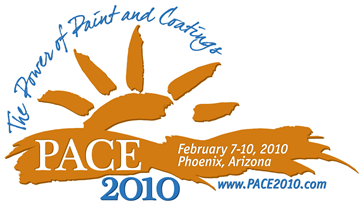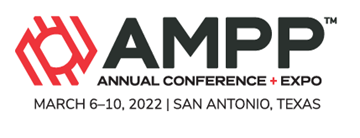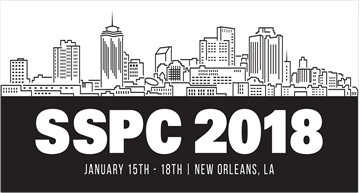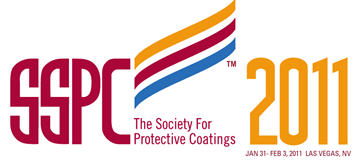Search
Individual Conference Papers
View as
Sort by
Display
per page
Environmentally Assisted Cracking Susceptibility Of Nickel Based Alloy 955 In A Sour Wellbore Fluid For HPHT Application
Product Number:
51322-17766-SG
Publication Date:
2022
$20.00
Environmentally Friendly Graffiti Resistant Coatings:Waterborne Polyurethane Coatings for Bridge Infrastructure That Actually Work
Product Number:
41210-567-SG
Publication Date:
2010
$20.00
Environmentally Friendly Protective Coating System Using Water-Borne Fluoropolymer TopCoat
Product Number:
51217-054-SG
Publication Date:
2017
$20.00
Environmentally-Assisted Cracking (SSC And SCC) Of Martensitic Stainless Steel OCTG Material In Sour Environment In 5%Nacl And 20%Nacl Solution
Product Number:
51322-17563-SG
Publication Date:
2022
$20.00
Environmentally-Assisted Cracking of Martensitic Stainless Steel Octg Material in H2S-Saturated Condition at Room Temperature to Elevated Temperature
Product Number:
51319-13227-SG
Publication Date:
2019
$20.00
Environment-Assisted Cracking and Corrosion Fatigue of Aircraft Aluminum Alloys in Corrosive Atmospheres
Product Number:
51319-13350-SG
Publication Date:
2019
$20.00
Epoxy Tank Linings Cure Response During Cold Winter Months; Ready for Immersion Service?
Product Number:
51218-126-SG
Publication Date:
2018
$20.00
Epoxy Linings - Solvent-Free But Not Problem-Free
Product Number:
41205-162-SG
Publication Date:
2005
$20.00
Epoxy Penetrating Sealer Over Latex Acrylic - Good or Bad?
Product Number:
41215-934-SG
Publication Date:
2015
$20.00
Epoxy Revolutionizes Water and Wastewater Underground Infrastructure Protection and Rehabilitation with Energy Efficient Green Technology
Product Number:
41211-660-SG
Publication Date:
2011
$20.00
Epoxy/Silicone: The Ecological Evolution of Speed, Efficiency and Durability in High Performance Marine Coatings
Product Number:
41212-676-SG
Publication Date:
2012
$20.00
EPRI’S Approach To Longer Term Operations
Product Number:
ED22-17191-SG
Publication Date:
2022
$20.00












